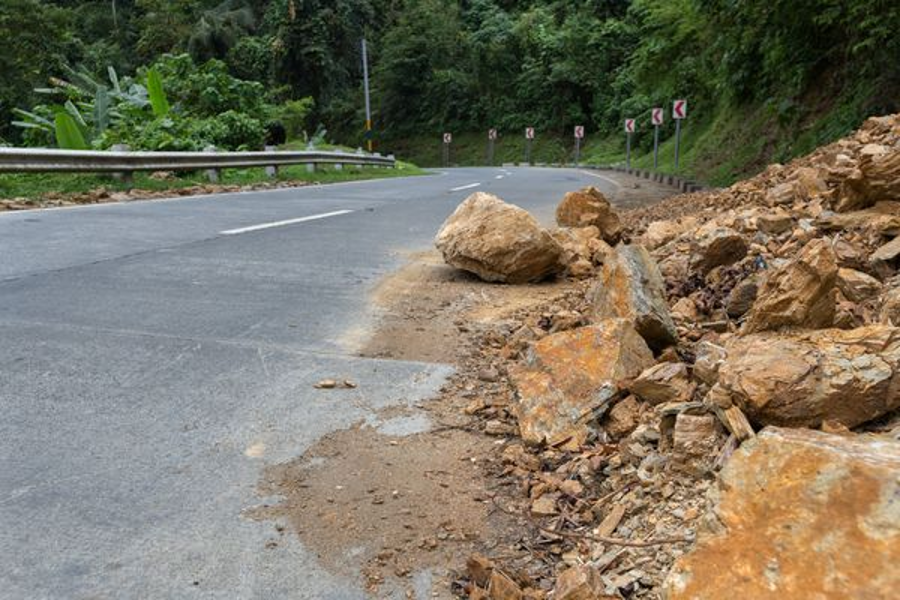Motor vehicle accidents not only result from the actions of negligent drivers, but they also sometimes result from the poor design of roads or highways or other defects caused by insufficient maintenance.
Most roads in Pennsylvania and throughout the country are public property and maintained by government agencies. These government entities throughout Pennsylvania, including the Pennsylvania Department of Transportation (PennDOT), may be liable for negligent design or maintenance of roads and highways. Responsible, accountable parties are those who have created defective and hazardous roadways such as the road’s designers and contractors, as well as the state or county responsible for maintaining the road.
Thus, whenever any harm ensues from an incident involving questionable roadway design and defects or poor maintenance thereof, the likely defendant for a lawsuit is a government body. This may be the Commonwealth of Pennsylvania, county, township, or possibly even the federal government.
Claims against governmental entities are distinct from lawsuits against private entities, and special substantive and procedural rules will probably apply to the litigation. For example, the statute of limitations for personal injury claims against the government may differ from the statute of limitations for personal injury claims against private parties. It is important to consult with an experienced personal injury attorney who is familiar with the required nuances of litigation against government bodies.
Many different circumstances may give rise to a claim for negligent road design, including the following:
- Defective, missing road or crossing signs
- Poor visibility on hills or curves
- Unsafe freeway on and off-ramps
- Construction areas causing unsafe hazards, due to debris and lack of warning signs
- Failure to protect motorists from dangerous roadside hazards
- Broken or uneven pavement
- Lack of prompt action to correct dangerous potholes
- Unsafe or defective highway guardrails
- Inadequate design of intersections
- Shoulder infirmities caused by lack of maintenance
- Dangerous lane design, including merging and narrow turns
- Poor drainage, causing dangerous standing water and runoff
- Negligent marking or use of flags in construction or maintenance zones

